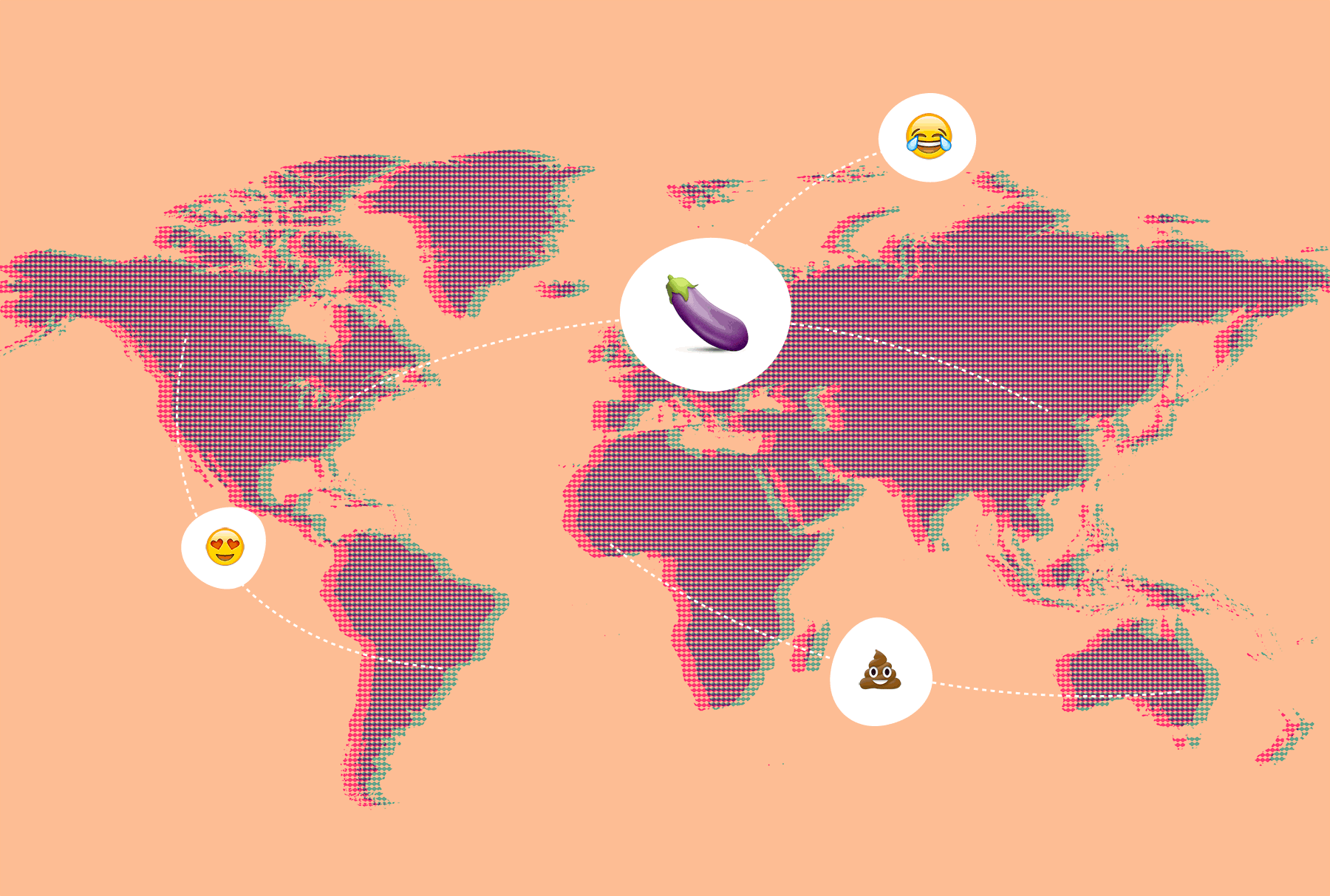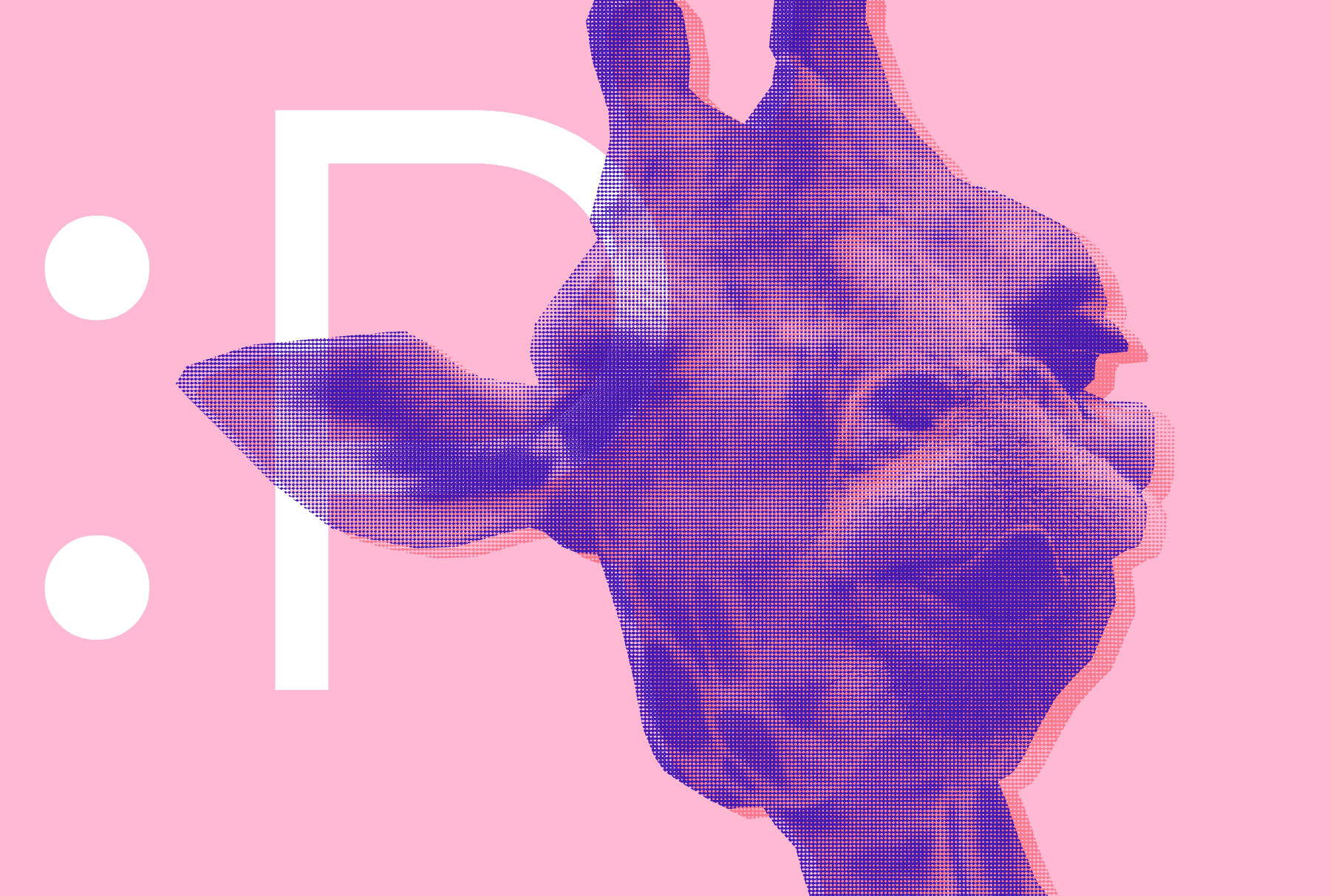
Emojis will make you smarter! – Smiley faces, cognitive understanding and the future of AI
Emojis are the latest hot ticket in marketing campaigns worldwide, used primarily to target Gen Z and the Millennial audience. The most recent example is the Durex campaign with aubergine flavoured condoms (which lead to a few creative puns being exchanged on the Big Motive Slack channel).
The Unicode Consortium (a non-profit organisation who regulate emojis) rejected a bid from Durex to create an official condom emoji. Durex responded with this provocative campaign. This use of emojis in campaigns reminds me of the way hashtags, Facebook icons and QR codes where once splashed across advertising campaigns. Marketing teams have always tried to ‘get in’ on the latest tech trend – striving to be cool but unfortunately coming off looking like the embarrassing parent in their attempts to connect with a young and notoriously disloyal audience.
Enter emoji
With 6 billion emojis sent around the world every day on mobile messaging apps, what is it about these colourful icons that make it so appealing for a whole generation? Emojis have become a visual language and a tool for communication, breaking down communication barriers the world over. Hypothetically speaking, we could communicate with someone who speaks an entirely different language successfully through the use of emojis. However, unlike traditional visual languages, emojis are wide open to individual interpretation, and one emoji can mean something very different to two different recipients – this ambiguity can lead to irreconcilable differences between interpretations.

It’s this ambiguity which makes it so natural for Millennials and Gen Z to utilise. Emojis are a new way for this generation to express themselves across multiple platforms which historically aren’t conducive to the users’ individualistic nature. Emojis are now replacing the human element of communication, which used to only be achieved through face-to-face conversation – helping us understand how sincere written communication is compared to facial or vocal. Emojis enables users to convey context, compared to ‘laugh out loud’ (lol) shorthand or emoticon smiley faces :). This gives us more variety in the way we communicate. And some would argue a more effective way to do so.
Emoji versus stickers
The difference between emojis and stickers is that each emoji has a code point assigned to it allowing computers the ability to render them, unlike stickers which aren’t standardised by Unicode and appear as giant size images that insert inline in messages. However Unicode Consortium hands all political decisions regarding emojis to smartphone manufacturers. Depending on the operating system (OS), emojis can vary in style. I noticed this recently when I sent a friend the gun emoji which iOS has now replaced with a water pistol (due to rising gun violence in America) and it still appeared on his Android device as the little cartoon Smith & Wesson.

The popularity and use of emojis has also lead to a surge in stickers (inline images) such as Bitmoji which are highly customised stickers allowing users to express themselves through facial expression. However, as there is no universal standard for these, it depends on the OS whether the sticker can be rendered or not. However, there is a lot more freedom for individuals and brands to express themselves and convey emotions with stickers than with emojis. The Unicode Consortium only approves approximately 60 new emojis per year. This seems limited and misaligned with the rate at which communication is evolving, not least, our desire for self-expression. This is where stickers are winning.
The future of language
Every time we use an emoji or sticker to communicate we think we’re just customising a message and making it more personal. However what we’re really doing is aiding artificial intelligence (AI) at a massive scale where machines can learn, track and ultimately understand human sentiment and emotion. This is something that computing had previously struggled to get right due to semantics and sarcasm making sentiment analysis even more complex. Now every time we use an emoji or sticker we’re actually teaching a computer how humans communicate.
Software companies such as Facebook have boosted their balance sheets using data for sentiment analysis, insights via their emotions tab and of course, the acquisition of WhatsApp. This has led to other software giants getting some skin in the game with Snapchat purchasing Bitmoji for $100 Million. All in all, enabling richer data analysis and a heightened understanding of humans/customer’s needs. Being able to understand human sentiment through machine learning is a huge step in terms of human analysis. Essentially Facebook through their emotions has the potential to analyse the emotions of its 1.59 billion members aiding to the development of AI at a massive scale. Even Apple are currently redesigning the QWERTY keyboard to include emojis and hoping to launch by 2018.

Unlike the previous tech & marketing trends of the past I believe emojis are here to stay. There are always naysayers and some tech writers such as Dan Brill would disagree, stating:
“Emoji will probably get replaced by something else before it has the chance to shape a generation, but there will certainly be a window of people who will never look at peaches or eggplants the same way again.”
Surely emojis can’t be destined for the same fate as the multitude of social and technology fads. There is unlimited potential for these little smiley faces to contribute to cognitive understanding, sentiment analysis and the future of AI.
Currently marketers are using emojis in their campaigns to target a younger audience, build social communities and shift more products. However in the future it’s likely we’ll be using emoji data in the same way that we use analytic platforms – to be smarter about building brands, being more empathic and better equipped to understand how users really feel.
After all, it’s in the word itself… what are emoji for if not to enhance language by adding a little emotion?
: )


